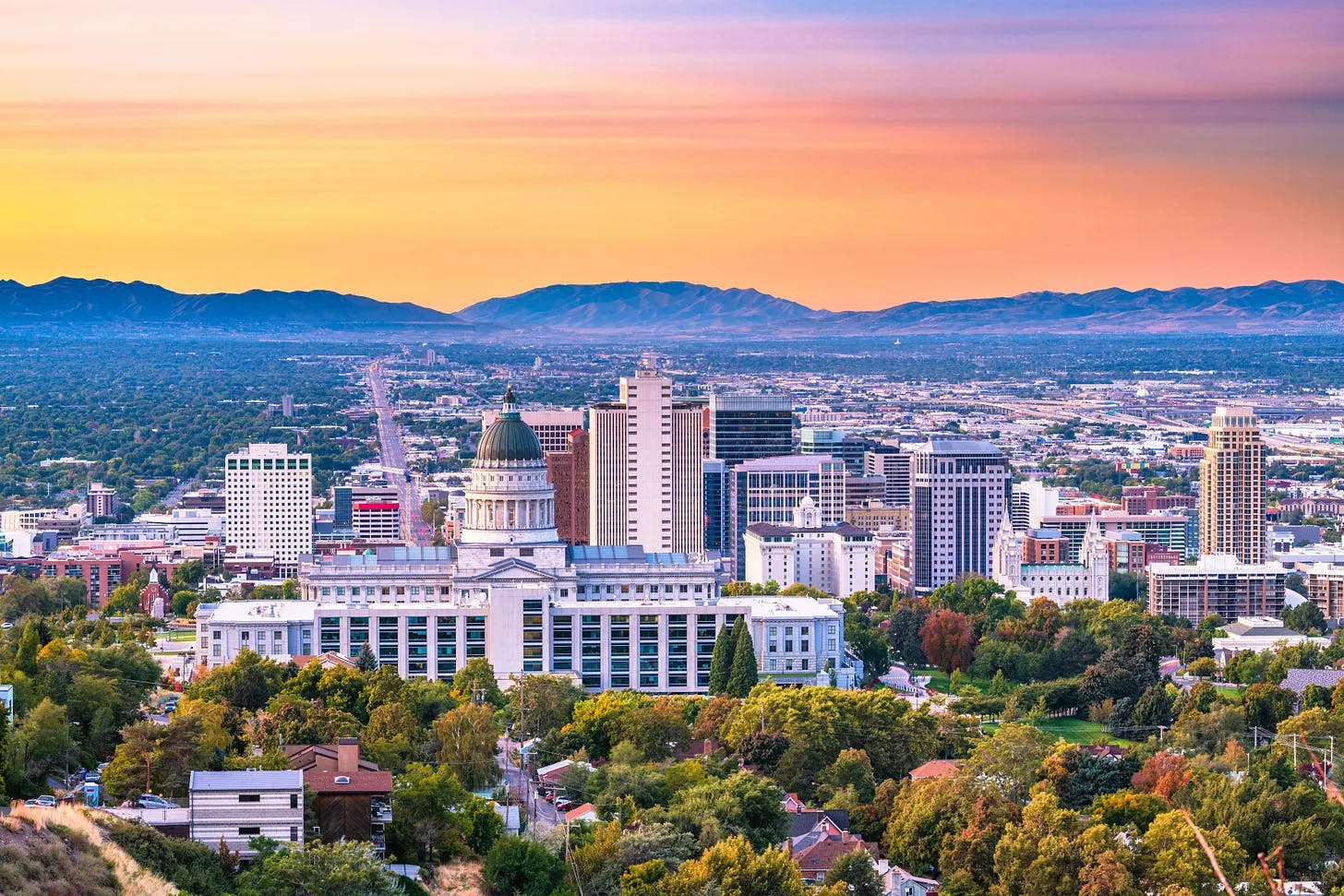Assets Hiding In Plain Sight
What Once Had Limited Value Now Becomes Invaluable

A piece of London's sky is hitting the auction block this month. The positive impact of using low-altitude airspace.
Airspace In London For Auction
The airspace above 47 Northcote Road presents a unique prospect. It does not have or need planning permission for building construction to be valuable. Although with permission the airspace will be even more valuable to the holder of the air rights.
The small airspace hovers above two self-contained flats and a restaurant. It is believed the hammer price at the auction will surpass the guide price of £10,000. Adjacent properties are in the process of redevelopment, with one adding an extra storey, and another two doors dow holding permission for expansion. The plot's value, considering its location and the ongoing developments in the neighbourhood is high.
The freeholder is willing to grant "landlord's consent to develop" on top of the flat below, paving the way for potential future construction. In London, the remnants of the feudal system remain, but the stage is set.
The industry sees this as a cost-effective avenue for realizing housing dreams in locations where flat prices average over £600,000 (~$750,000). The market is still illiquid and requires a solution for hosting and transacting air rights and airspace.
In this area of London property prices and rents are soaring, and this airspace plot is an enticing investment. The build (if you build) may be slightly harder than standard construction, with cranes and permits, but the price for the plot is ~10% of the value of the property below it, so for London prices, it’s a bargain. Even if the buyer does not build in the airspace it will prove valuable as an appreciating asset.
The concept of selling and renting airspace is gaining traction in the US and the UK. In London, the developments often occur when freeholders see it as a preferable option if roof repairs are needed, to kill two birds with one stone.
The growing demand for housing is driving interest in air rights opportunities. As mortgage rates decline, people are increasingly exploring possibilities, driving a shift in the real estate landscape. London freeholders are now actively looking for ways to utilise their air rights and improve returns.

US Air
Tishman Speyer, the developer behind The Spiral in New York started their project in April 2014 when it was dubbed the Hudson Spire. Tishman Speyer acquired the site for $438 million.
Forward to 2016 and plans for The Spiral were officially filed. Two years of paper pushing and petitioning. In 2017 the developer further expanded its footprint, paying $78 million for air rights to increase the tower's size. Ahead of this move was a $30 million air rights transaction in 2015, facilitating a 350,000-square-foot addition to the structure.
The gears continued to turn in 2018 when Tishman Speyer secured $1.8 billion in construction financing from Blackstone Mortgage Trust Inc. This financial injection played a crucial role in propelling the project's overall valuation to an impressive $3.6 billion. Simultaneously, the developer marked a tangible step forward in the construction process, breaking ground on The Spiral in 2018 and achieving its final constructional element in 2021.
The whole story is one of utilising air rights to create $3.6 billion in value, visionary growth and the fact that air rights are as valuable as mineral rights when placed in the right hands.

Increasing Valuations of Air
The airspace above property is a valuable asset, and as more uses emerge for this airspace it becomes ever more valuable. Those on the ground floor, so to speak, will reap the rewards.
For example, Zipline a well-funded drone company has made its first-ever beyond visual line of sight (BVLOS) flight in the United States without ground observers. BVLOS is the way drones economically make sense.
They completed the flight just two months after securing Federal Aviation Administration (FAA) approval for the operation under an FAA waiver. These waivers are becoming more regular from the FAA as they look to encourage the use of private citizens’ low-altitude airspace if the air rights holders permit it. The FAA does not encourage the illegal use of people’s property or for drones to trespass in private airspace.
The flight took place in the Salt Lake City area, a region where Zipline has established its Unmanned Aerial Vehicle (UAV) delivery services in collaboration with local healthcare and medicine providers.
Although it’s medicine they are moving this does not allow them to fly in private airspace without permission. In the United States and most common law jurisdictions the owner of the land owns the airspace above it and they decide how it is used.
Zipline aims to conduct all its drone deliveries in Utah as BVLOS flights without terrestrial monitors, with plans to extend this mode across its UAV networks throughout the US.
A major issue remains however, Zipline don’t have the legal right to fly in the airspace.
As Zipline continues its expansion, the initial focus will be on leveraging its technology as it gears up to launch its automated P2 platform in 2024.
Without the landowners’ permission, they will be more Icarus than Daedalus. There is a solution to prevent melting wings. Property owners are already signing up to offer their airspace to drone companies through SkyTrade.

